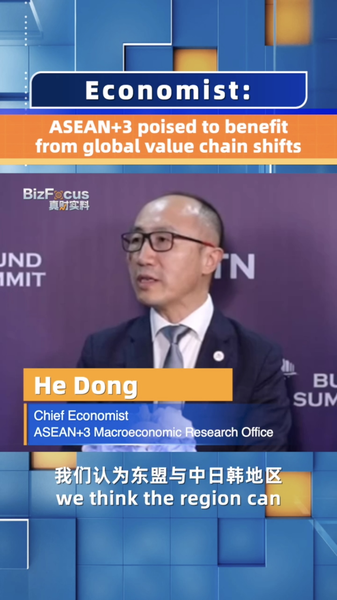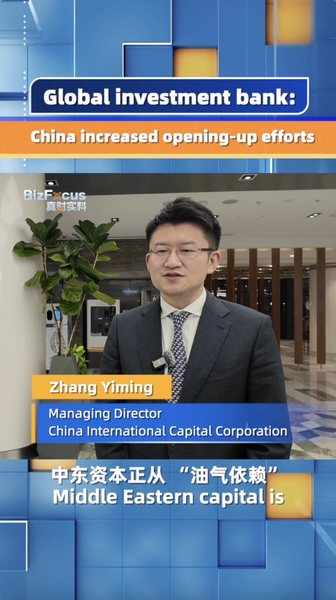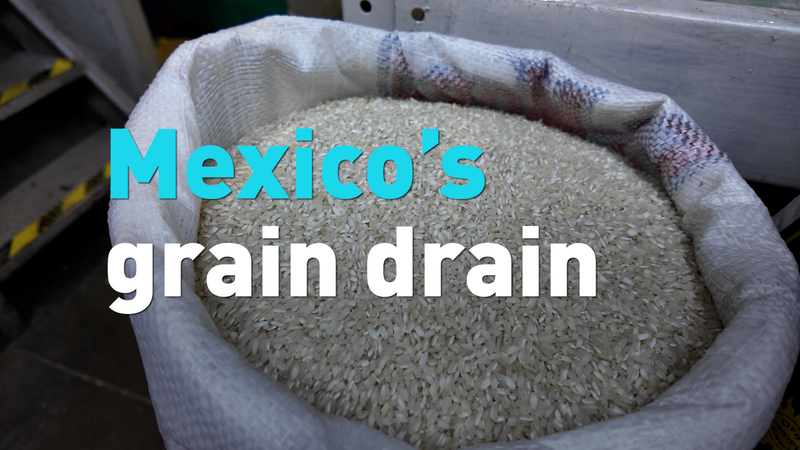At the Bund Summit 2025 in Shanghai, He Dong, chief economist at the ASEAN+3 Macroeconomic Research Office, outlined why the ASEAN+3 bloc is uniquely positioned to seize strategic gains as global value chains undergo major realignment.
"By positioning itself as a critical hub in the global value chain and building more efficient production networks within ASEAN, the ASEAN+3 grouping can unlock significant growth opportunities," He Dong told CGTN’s Michael Wang.
Global trade patterns are shifting. Companies are seeking more resilient and diversified supply chains in response to rising costs, digitalization and geopolitical pressures. Against this backdrop, the ASEAN+3 group—comprised of the 10 ASEAN members plus the Chinese mainland, Japan and the Republic of Korea—is emerging as a compelling alternative to traditional manufacturing powerhouses.
He Dong highlighted three key levers: deeper integration of smart manufacturing, cross-border digital platforms and sustainable trade practices. By harmonizing regulations, investing in next-generation infrastructure and nurturing a skilled workforce, ASEAN+3 economies can boost efficiency, attract investment and move up the value chain.
The payoff could be far-reaching. Stronger regional networks may translate into higher value exports, more resilient supply chains for global brands and a digital ecosystem that supports startups and innovators from Jakarta to Manila and beyond.
As global value chains continue to evolve, the ASEAN+3 bloc has a window to rewrite the rules of engagement. The question now is how quickly member states can translate strategy into action—and whether private-sector leaders and policymakers will move in concert to build tomorrow’s production networks.
Reference(s):
Economist: ASEAN+3 poised to benefit from global value chain shifts
cgtn.com




